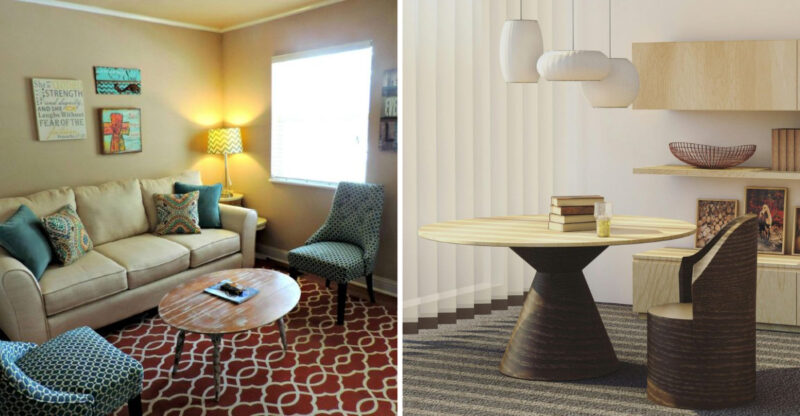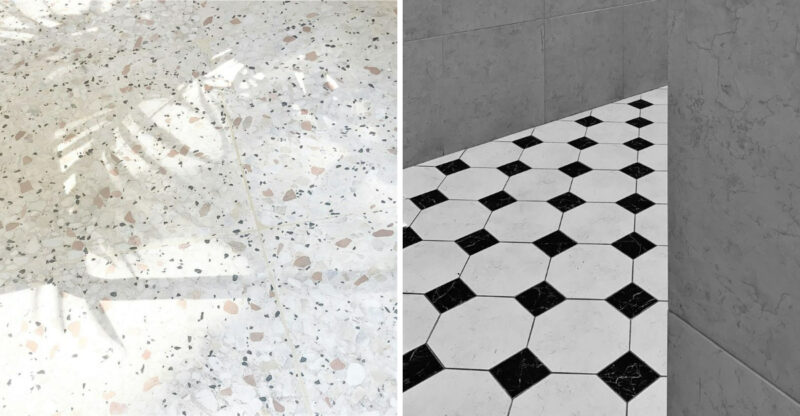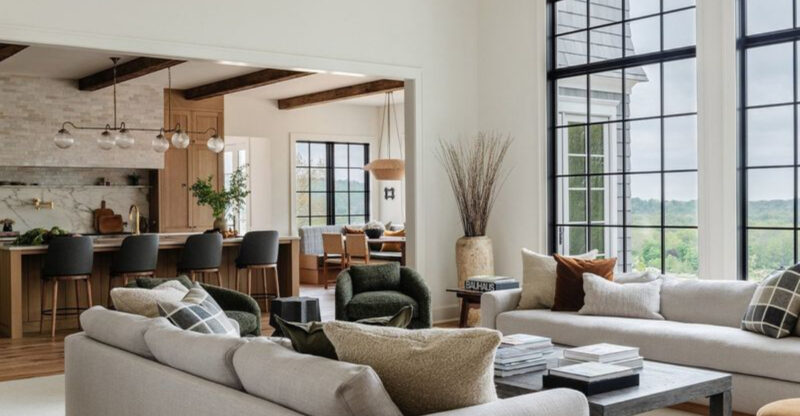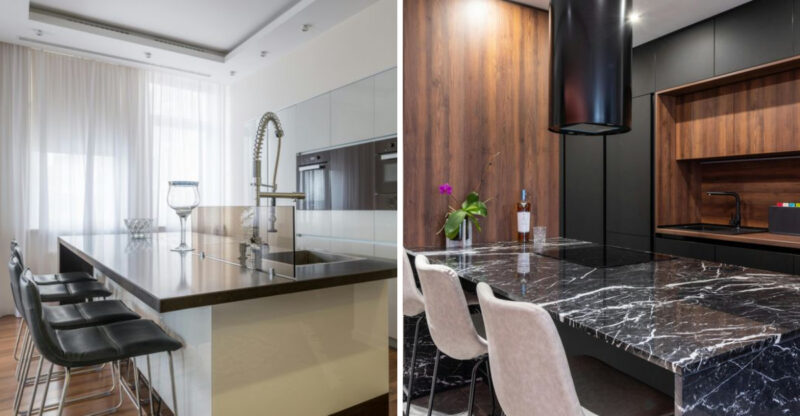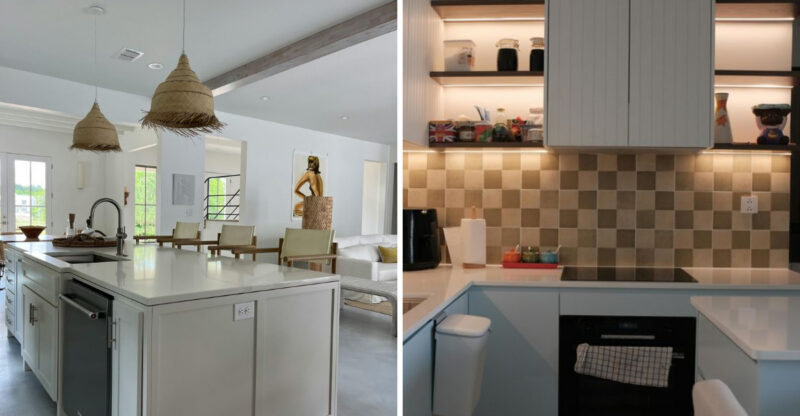6 Smart Home Trends Shaping 2025
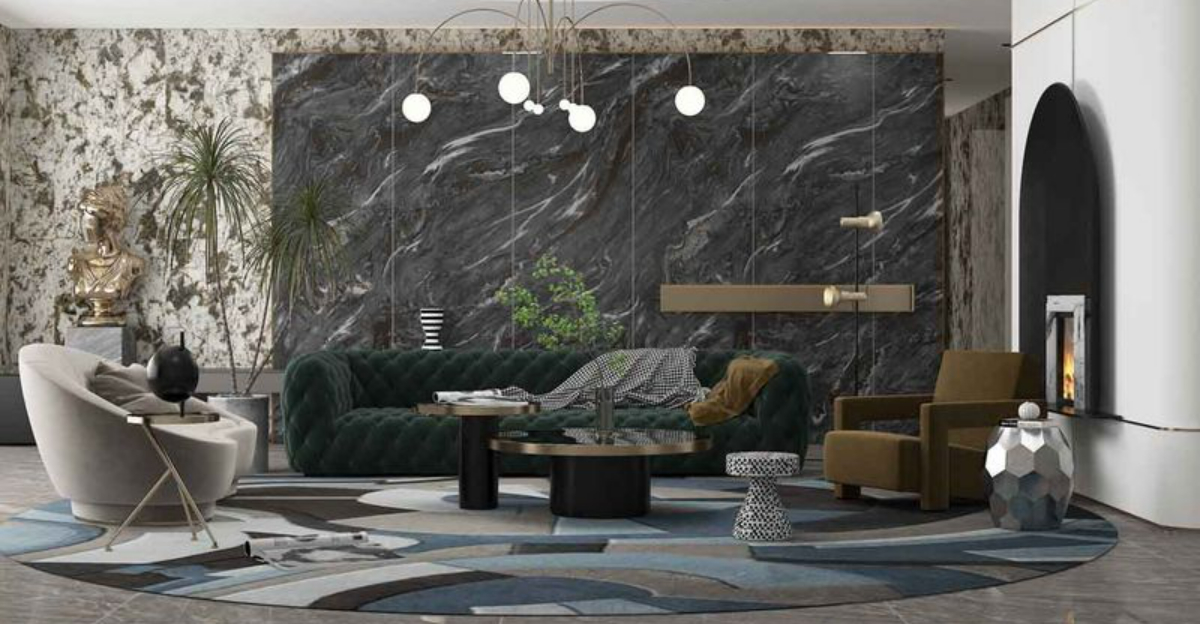
Smart homes are evolving faster than ever, transforming how we live, work, and relax. The technology that seemed futuristic just a few years ago is now becoming standard in homes across the world.
Looking ahead to 2025, several exciting innovations are set to revolutionize our living spaces in ways that prioritize both convenience and sustainability.
1. Microgrids and Home Energy Independence
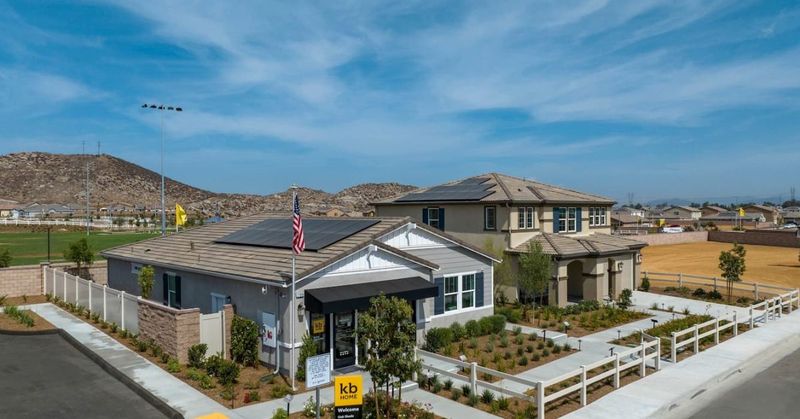
The power grid as we know it is getting a serious upgrade. By 2025, many homes will operate as mini power stations, generating, storing, and intelligently managing their own energy through advanced solar systems and home batteries.
During peak hours, your smart home will automatically switch to stored power. When you’re away, excess energy can be sold back to the grid. The coolest part? Neighborhoods will form microgrids, sharing power resources during outages or emergencies, creating resilient energy communities.
2. AI-Powered Home Assistants That Anticipate Your Needs
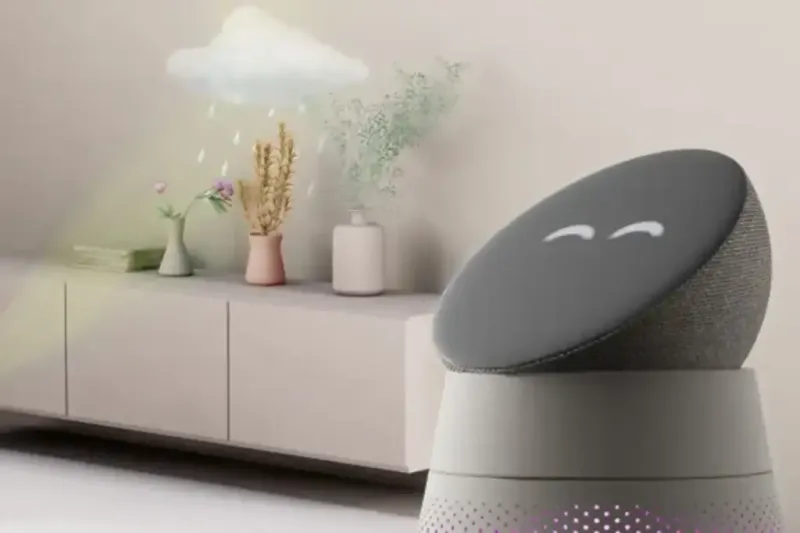
Remember when we had to actually tell our devices what to do? Those days are fading fast. The next generation of home assistants will learn your habits so thoroughly that they’ll adjust your home environment before you even realize you need it.
Your morning coffee will start brewing when your sleep tracker notices you entering your final REM cycle. Lights will dim gradually as your evening movie winds down. These systems will even detect unusual patterns that might indicate health issues or security concerns.
3. Biophilic Tech That Merges Nature with Smart Living
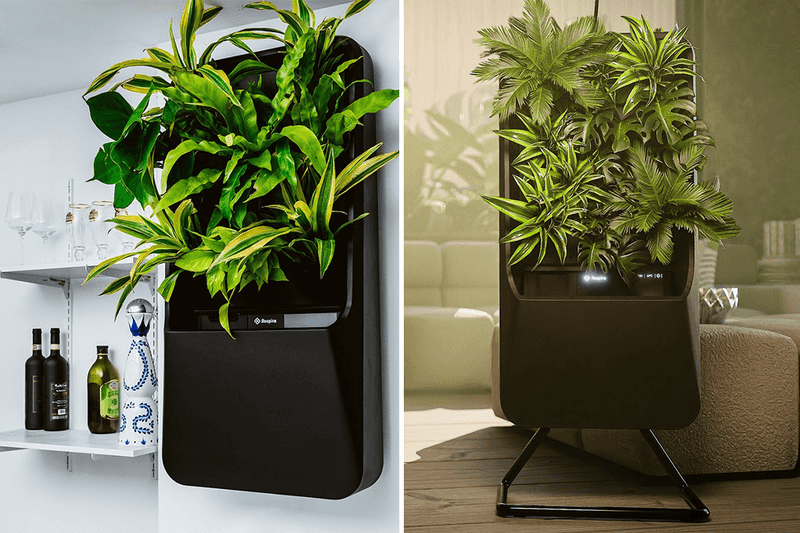
The concrete jungle is getting greener through biophilic technology. Smart homes in 2025 will incorporate living walls that purify air while monitoring environmental quality. These systems will automatically adjust humidity, temperature, and lighting to maintain optimal growing conditions.
Imagine hydroponic gardens integrated with your kitchen that are tended by robotic arms. They’ll harvest herbs and vegetables at peak freshness based on your meal planning app. The relationship between technology and nature is being reimagined to create homes that feel more alive and connected to the natural world.
4. Health-Integrated Bathrooms and Bedrooms
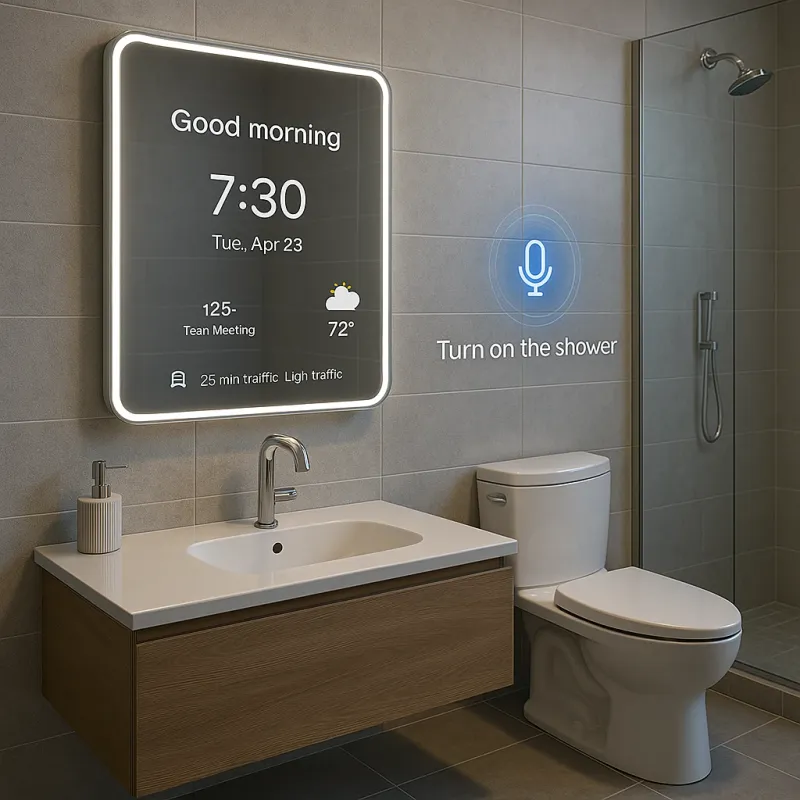
Your bathroom mirror will soon become your personal health advisor. Smart bathrooms in 2025 will feature toilets that analyze waste for health markers, mirrors that assess skin condition, and showers that adjust water minerals based on your body’s needs.
Meanwhile, bedrooms will transform into sleep sanctuaries. Mattresses will monitor sleep quality while automatically adjusting firmness and temperature throughout the night. The room’s lighting, sound, and air quality will synchronize to optimize your sleep cycles, helping you wake refreshed without an alarm.
5. Hyper-Personalized Multi-Sensory Entertainment Spaces
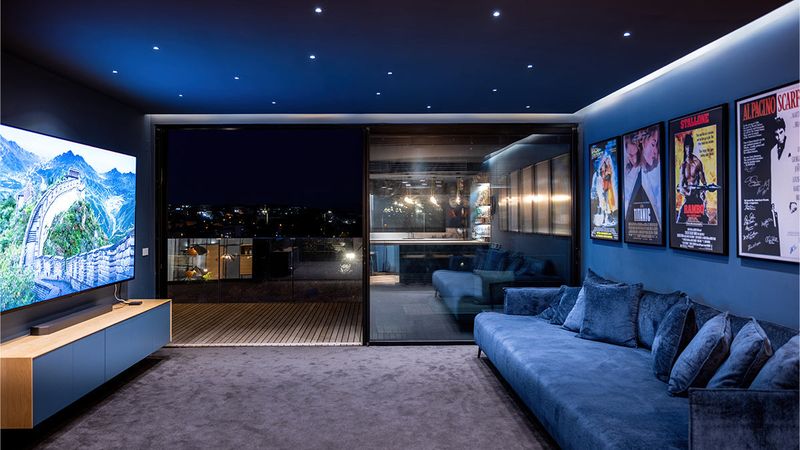
Friday movie nights are about to get wild! Entertainment rooms will evolve beyond visual and audio to include scent diffusers, temperature changes, and haptic feedback furniture that physically responds to on-screen action.
Gaming will break free from screens entirely, with room-scale projection mapping turning your entire living space into an immersive playground. The system will recognize your preferences so thoroughly that it can generate custom content based on your mood, combining elements from your favorite shows, games, and music to create entirely new experiences tailored just for you.
6. Sentient Materials That Adapt to Human Touch
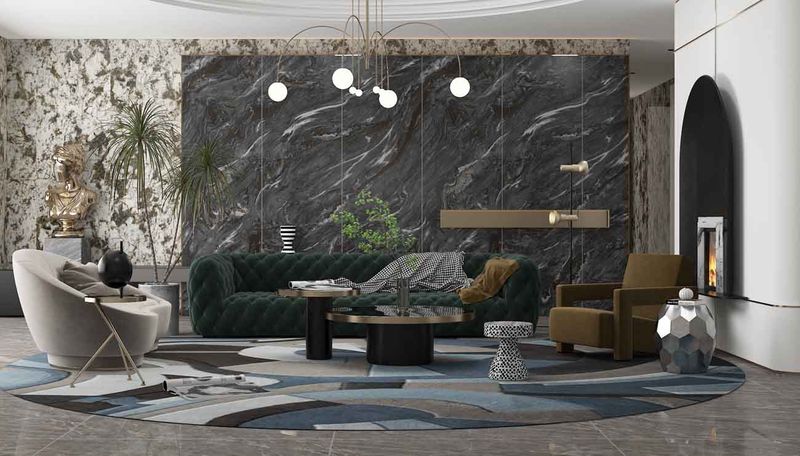
Surfaces in your home are about to come alive – not in a creepy way, but in a remarkably intuitive one. Countertops will recognize food items placed on them and display relevant recipes. Walls will respond to touch, changing texture, temperature, or color based on your interaction.
Furniture will automatically reshape itself for different users or activities. Sitting down to read? Your chair softens and warms. Working on a project? It firms up for better posture. These materials will contain millions of microscopic sensors and actuators, creating environments that physically respond to human presence in ways that feel almost magical.


